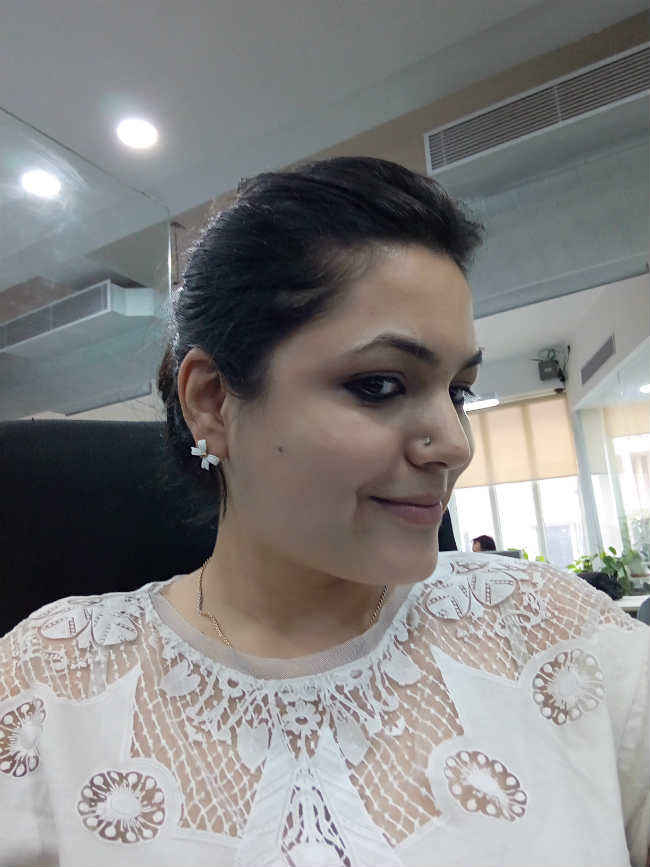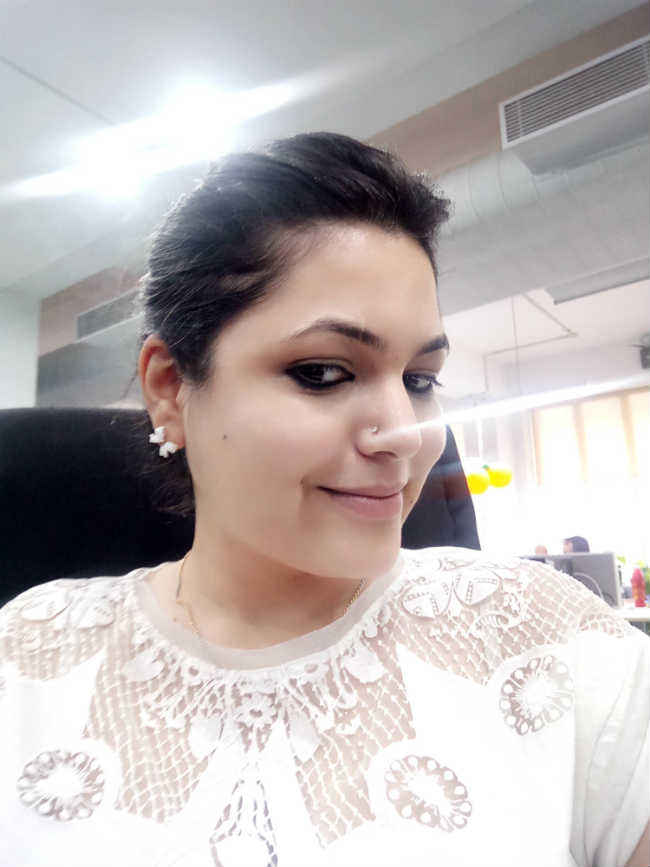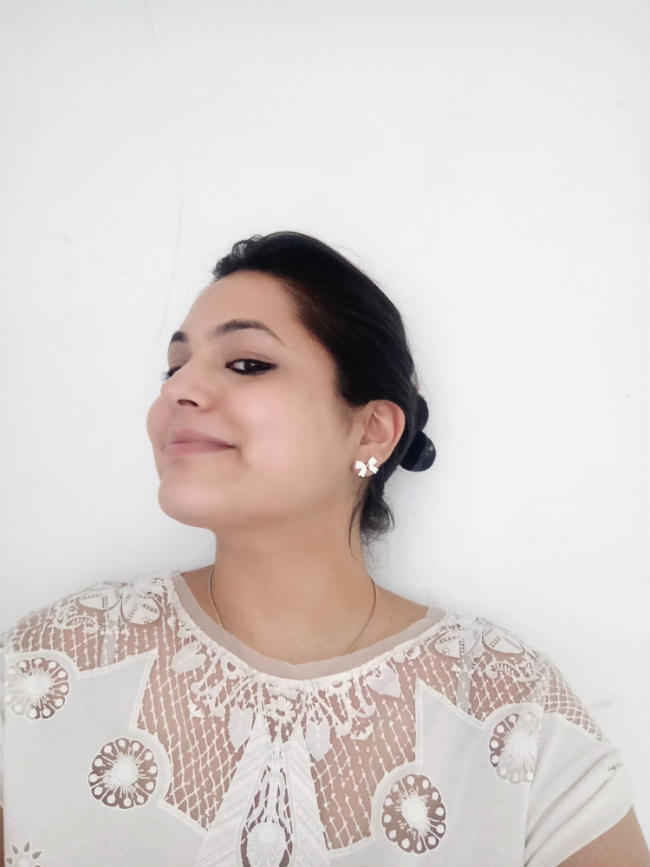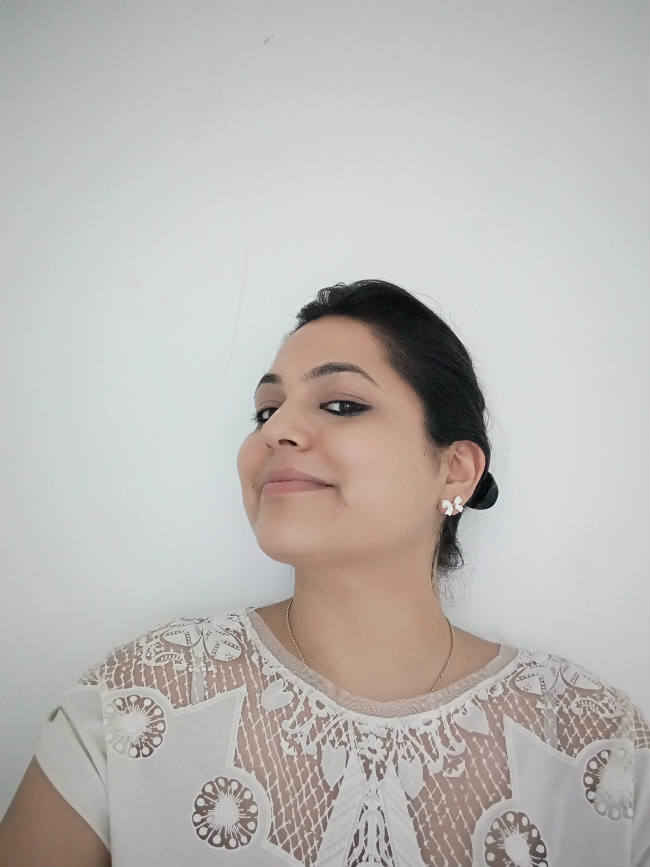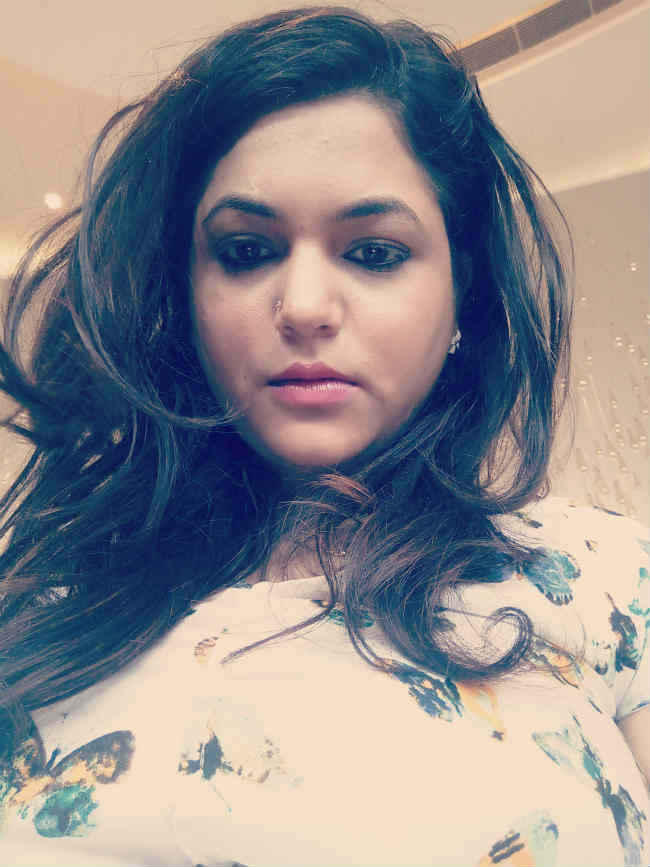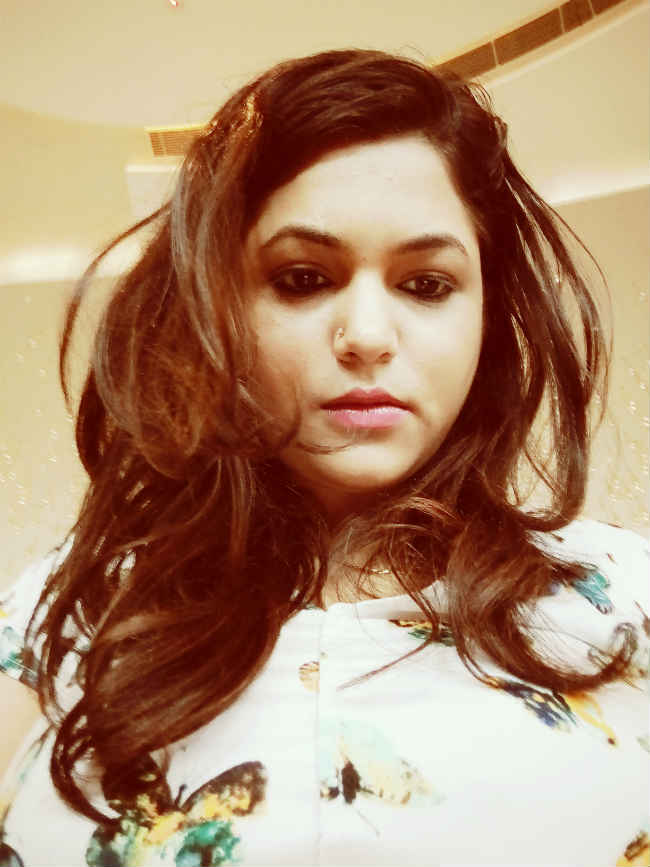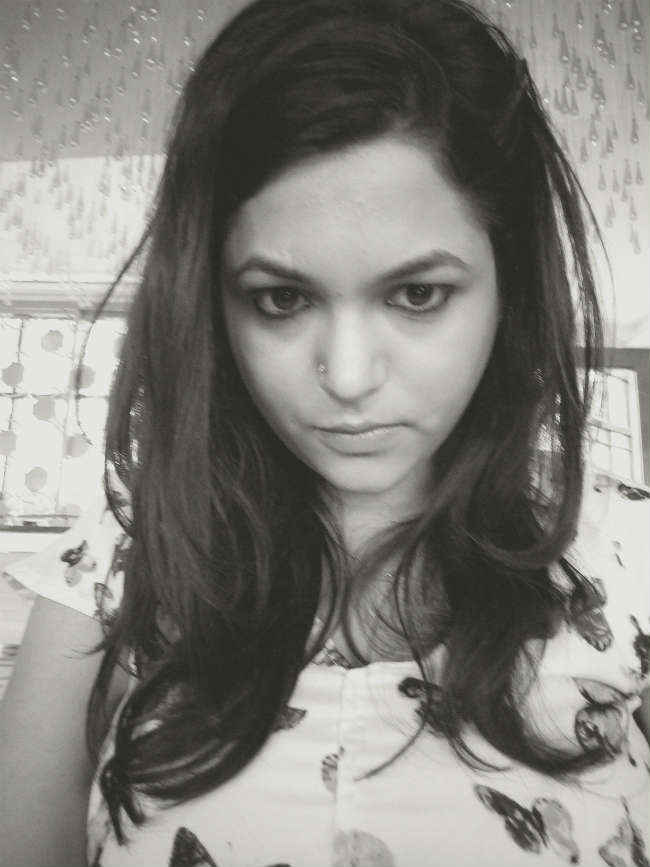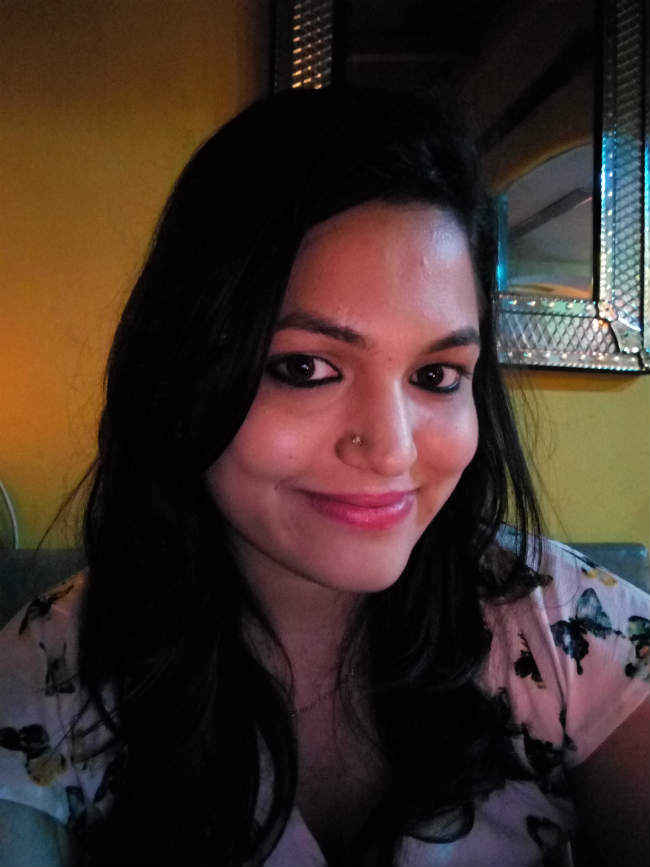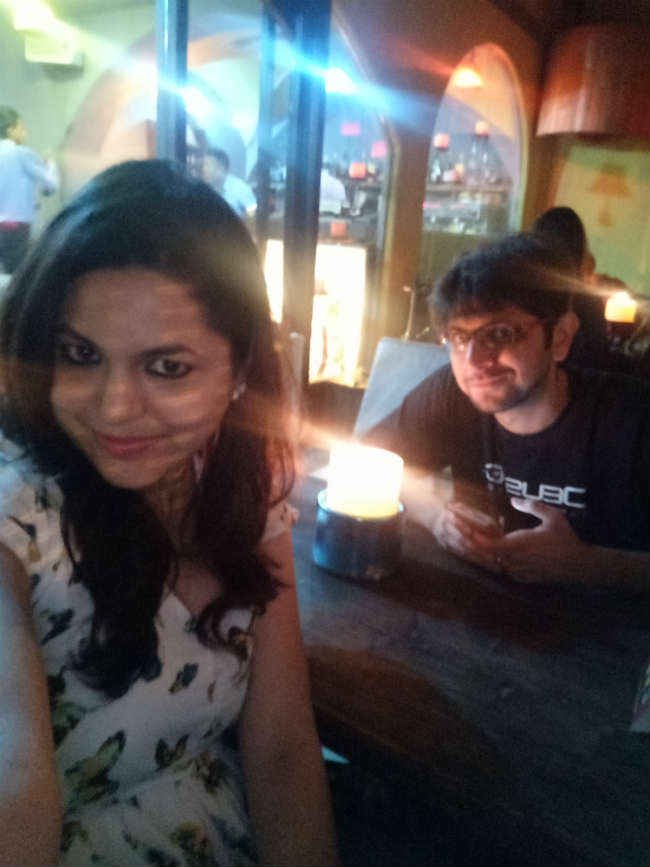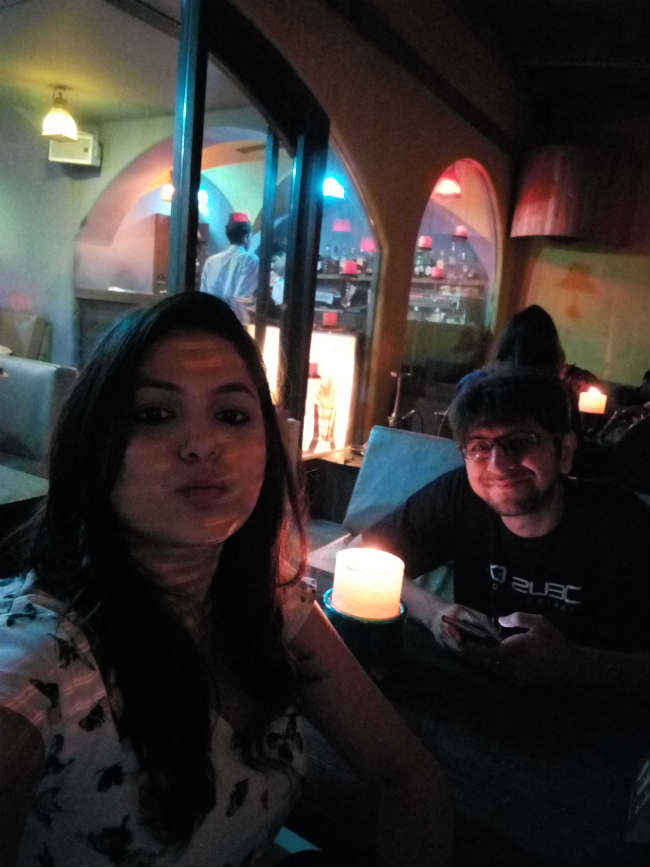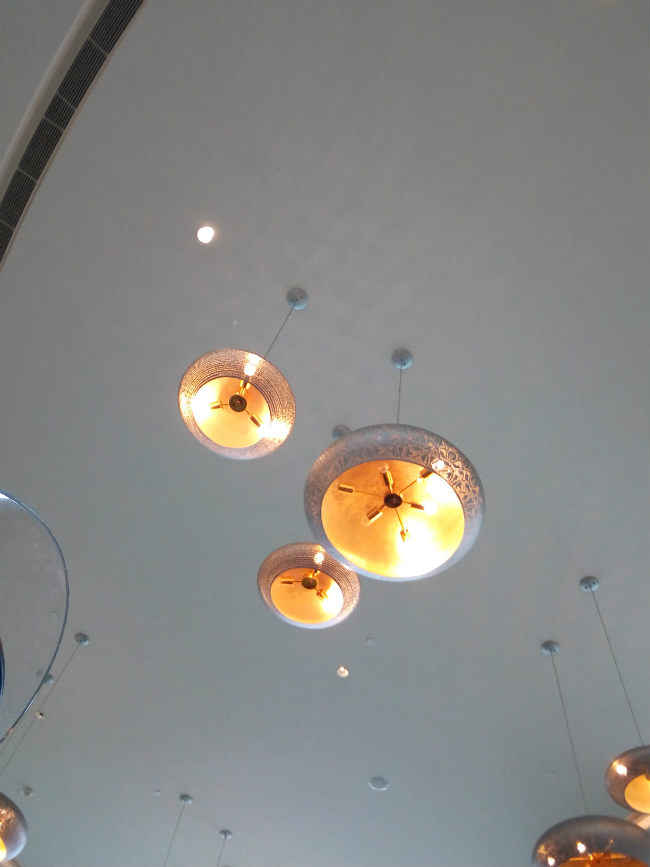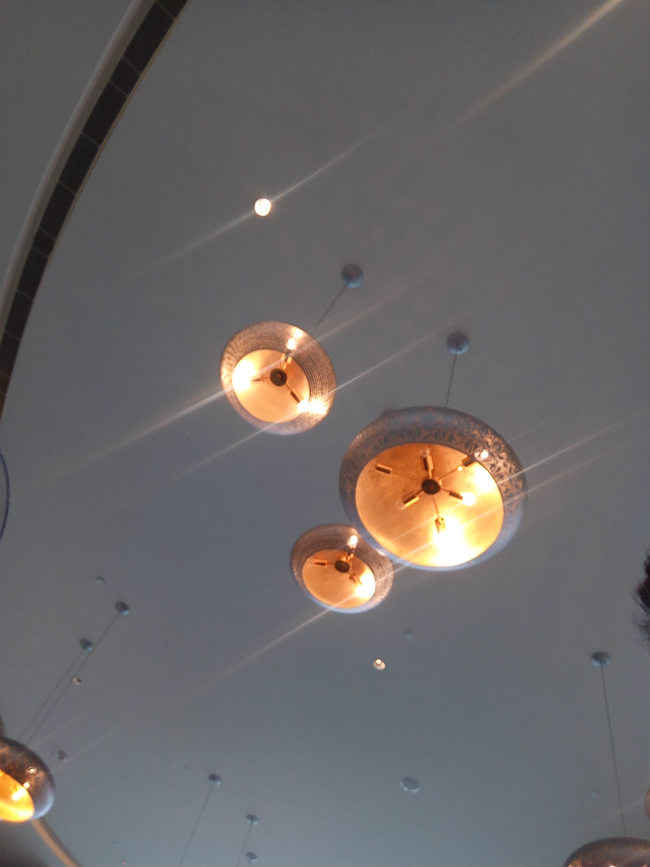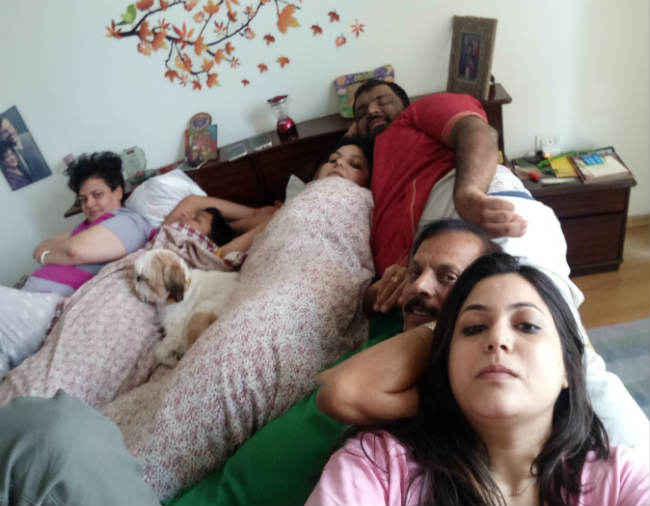Oppo F1 Plus Vs Gionee S6s: The Selfie shootout
The Gionee S6s sports an 8MP snapper, while the Oppo F1 Plus houses a 16MP clicker. Here’s how both of them compare with each other.
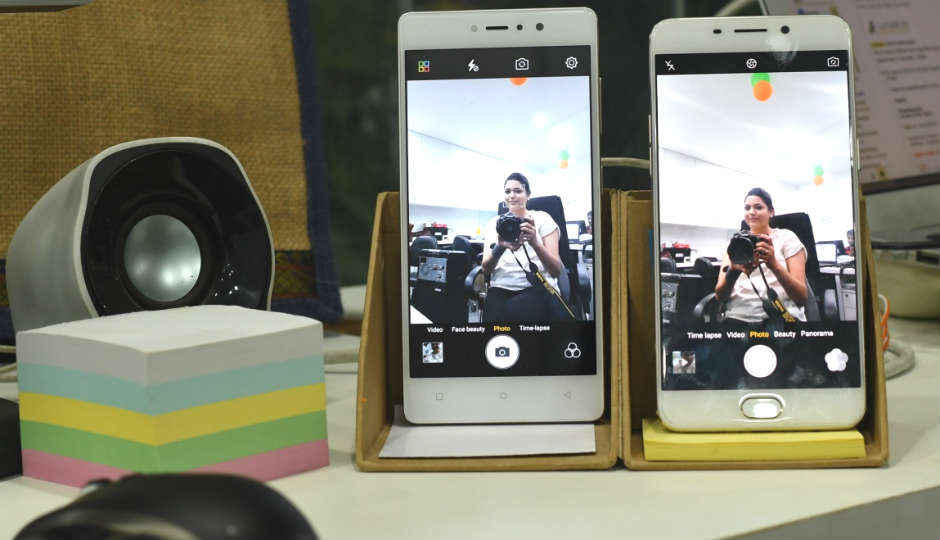
I, like most people my age, started taking selfies even before the word officially made it into the Oxford dictionary in 2013. This was followed by a frenzy of selfie themed music videos, research papers, books, and of course, smartphones. Who would have thought that one day people would actually buy gadgets based on their ability to take just one particular type of picture – A Selfie. Nevertheless, we have allowed internet trends and social media to dictate our buying choices, and since selfies are a major component of both, we increasingly find smartphone vendors pushing us to perfect that pout, clear that acne off of our faces, beautify that natural skintone and filter those drab surrounding by adding a perfect blend of hues and colours.
 Survey
SurveySomewhere in this mania of self-obsession (and yes, the bug has bitten this writer too), come the two selfie-centric smartphones, that promise to give you professional grade photographs of thyself…Well almost.
To start with, both the Oppo F1 Plus and the Gionee S6s have a huge price disparity. The selfie shooter from Oppo comes at a price of Rs. 27,990, while Gionee’s will have you ‘flashing a smile’ at Rs. 17,490. Similarly, when it comes to the front camera of both devices, the Gionee S6s sports an 8MP snapper, while the Oppo F1 Plus houses a 16MP clicker. Here’s how both of them compare with each other:
In well-lit conditions, without any filters
For the sake of comparison, I started by clicking a selfie each with the Gionee S6s and the Oppo F1 Plus. Because I wanted to see the quality of the images in their natural state, I did not use any of the range of filters available on both devices. Neither did I use the Face Beauty mode available on the S6s or the Beautify 4.0 mode of the F1 Plus. The difference in both images was stark. For instance, the S6s maintains the details of the face and those of the surroundings behind, while the F1 Plus overexposes the image, and exhibits a highlight clip issue. Clipping usually occurs when the sensor sensitivity is high, allowing for more light to be collected by it. In this case, the F1 Plus’ front camera takes in more light, resulting in blown-out highlights. Notice how the LED lights above my head in the F1 Plus selfie look like something paranormal is hovering above my head? For that reason alone, I prefered the selfie clicked with the S6s, however, the skin tone created by the F1 Plus looks brighter and can make one’s face glow.
Gionee S6s
Oppo F1 Plus
Against a white background, in natural light, with Beauty modes
Mostly beauty modes on front-facing cameras tend to soften the skin tone, hiding those tiny skin imperfections. Don’t expect it to make your monstrous pimples disappear, but yes, slight blemishes and acne can be hidden using these modes. In this case, both the Gionee S6s and the Oppo F1 Plus perform well in softening the face and making it look clearer. However, the F1 Plus adds that extra touch of light, making whites look brighter and faces look more supple. As a result, I liked the Beautify 4.0 mode on the F1 Plus better than that on the S6s. The F1 Plus also gives users an option of choosing various levels in the Beauty mode ranging from ‘Fair’ to ‘Rosy’, which may make for a great selfie, but also seems to be promoting India’s obsession with fair skin.
Oppo F1 Plus
Gionee S6s
Filters galore!
Everything looks better with filters. Period. Why else would there be a barrage of photo-editing apps vying for your attention? In my opinion, native photo filters on smartphones are quite restrictive as apps can do a much better job of providing a variety of filters and editing features. Hello Prisma!
Nevertheless, both the S6s and the F1 Plus house a bunch of filters. The S6s has 8 filters, including – Ash Gray, Noir, Sofina, Plain, Memory, Instant, Transfer, and Vintage. The Oppo F1 Plus on the other hand offers 7 filters, namely – Memory, Sweet, Mono, Fresh, Tokyo, Elegant, and British. What’s with the racist filters Oppo? The Tokyo filter actually makes images look more yellow, while the British filter gives more contrast in images! How has nobody noticed this?
While we contemplate the reason behind Oppo’s filter names, take a look at what both phones can achieve with similar filters.
Oppo F1 Plus
Gionee S6s
Gionee S6s
Oppo F1 Plus
When using filters, one can clearly see that the Oppo F1 Plus has a superior performance, when compared to the S6s. The S6s tends to reduce details in the images when using filters. Also, the filters on the S6s tend to produce either extremely jarring colours, or, in case of the B&W filter, extremely dull. For this reason, I prefered the filters on the F1 Plus.
Low-light selfies, without filters
They say the true test of a smartphone’s camera is how well it performs in low light. This mostly holds water for the primary camera of a device, but since both Gionee and Oppo boast of great selfie cameras, we decided to test their strengths under low-light conditions. These were the results:
Gionee S6s
Oppo F1 Plus
Oppo F1 Plus
Gionee S6s
Gionee S6s
Oppo F1 Plus
As you can see, in case of the the first two selfies taken in low-lit conditions, Oppo performs better because of the ability of its sensor to take in more light, hence making low-lit scenes brighter. But, when a light source is introduced in the image itself, like the one taken on the dinner table with the candle in the backdrop, one can again see the issue of highlight clipping. Same is the case with images of the ceiling lamps taken through the front camera of the Oppo F1 Plus.
Selfie Panorama and Selfie Time Lapse
The F1 Plus supports an additional selfie feature, which the S6s does not. Unlike the screen flash, which both phones supports, the F1 Plus can also click Panoramic selfies. So, just in case you are a large group of people, this is a very useful feature. The embarrassing family photo below is proof of the fact that the F1 Plus can take a pretty decent Panoramic selfie. Don’t miss the pup in the middle!
Oppo F1 Plus
Both phones also have the ability to shoot time-lapse videos using the front cameras and well, they are no great shakes at it. You will need a good third-party video editor to edit the speeds of the time-lapse videos, without which they pretty much look like a blur.
So if you were to to ask me which is the better selfie phone, my vote would go to the Oppo F1 Plus, even though it does have an issue with overexposure of images. However, the S6s does better at details when no filters are applied on images, and is a very close second to the F1 Plus. Although when you consider the prices of both devices, you get a pretty neat selfie camera in the Gionee S6s, at a much lower price.
Let us know what you think of both the smartphones. If you have a better selfie phone in mind, do write to us in our comments section below.
